Nasa scientists are preparing to kill off the Cassini space probe with a spectacular suicidal dive into Saturn’s atmosphere on Friday.
The 22ft robot craft will break into fragments and burn up as it ploughs into the ringed planet’s cloud tops, ending a 20-year mission that cost £2.9 billion.
Cassini was launched in 1997 and took seven years to travel two billion miles to Saturn, before embarking on a 13-year journey of discovery that delivered a wealth of scientific data on the planet and its moons.
Now with the spacecraft running out of fuel, and soon to become impossible to steer, controllers have chosen to bring the mission to a fiery end.
Here’s everything you need to know:
What was the purpose of the Cassini mission?
To study Saturn and its moons from close up and in the process learn more about the solar system and how it was formed.
Scientists were especially interested in Saturn’s giant moon Titan, which has a nitrogen and methane atmosphere and in some ways resembles an early version of Earth.
The whole mission cost £2.9 billion.
When was Cassini launched and how long did it take to reach Saturn?
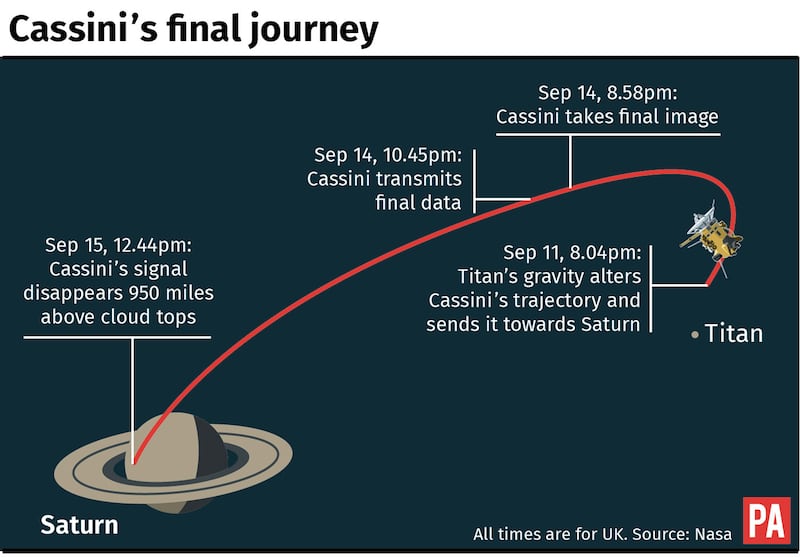
Cassini was launched from Cape Canaveral, Florida, in 1997 and took seven years to reach Saturn, travelling two billion miles.
On the way it made fly-bys of Venus, the Earth and Jupiter to receive gravitational “kicks” that boosted its speed to more than 42,500mph.
Cassini arrived at the ringed planet in July 2004.
What was in Cassini’s instrument package?
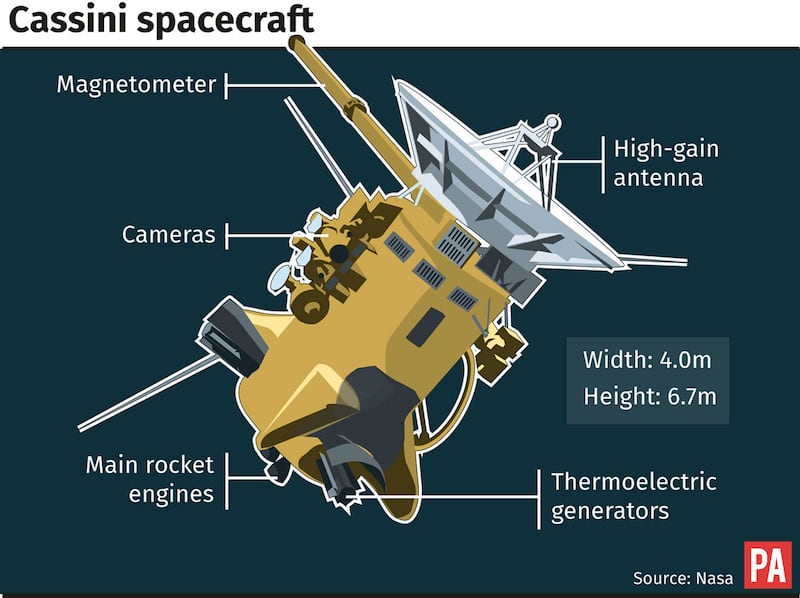
The probe was packed with 12 scientific instruments including spectrometers for identifying chemical elements, magnetic field detectors, a radar mapper, and cameras capable of capturing images at visible and invisible light wavelengths.
In addition, Cassini carried a smaller European Space Agency probe, Huygens, designed to land on Titan.
What did Huygens achieve?
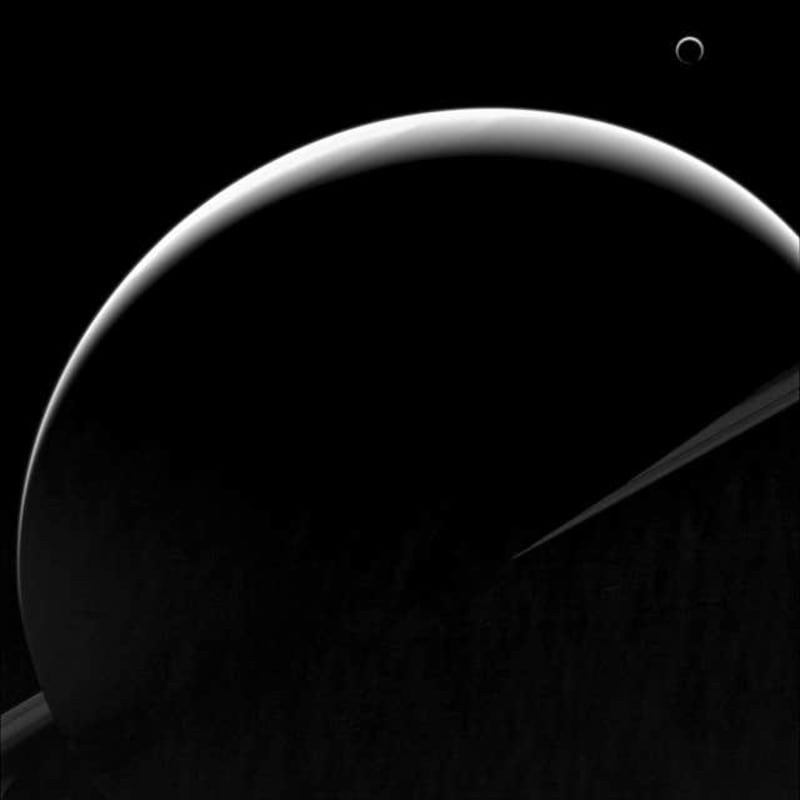
The European lander provided the high point of the mission when it successfully touched down on the surface of Titan in January 2005.
It was the first time any spacecraft had landed on an outer solar system world.
As it parachuted down through the moon’s atmosphere, Huygens captured images of surprisingly Earth-like features such as shorelines and river systems.
Scientists now know Titan has rivers, lakes and seas filled with liquid methane and ethane.
What other discoveries were made by Cassini?
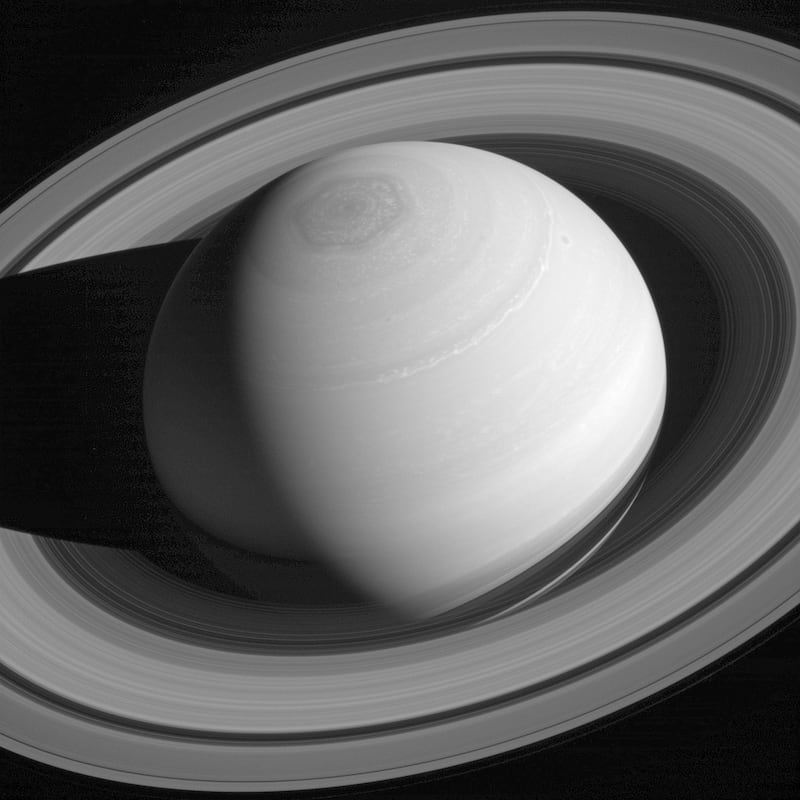
Among other things, Cassini identified a global watery ocean beneath the icy surface of Saturn’s moon Enceladus that scientists believe could harbour simple life.
It also found seven new moons, six of which have been named, carried out detailed studies of Saturn’s rings, and spotted raging hurricanes at both of Saturn’s poles.
The 300-year-old mystery of how the moon Iapetus acquired its strange two-tone appearance was also solved.
How did scientists communicate with Cassini?
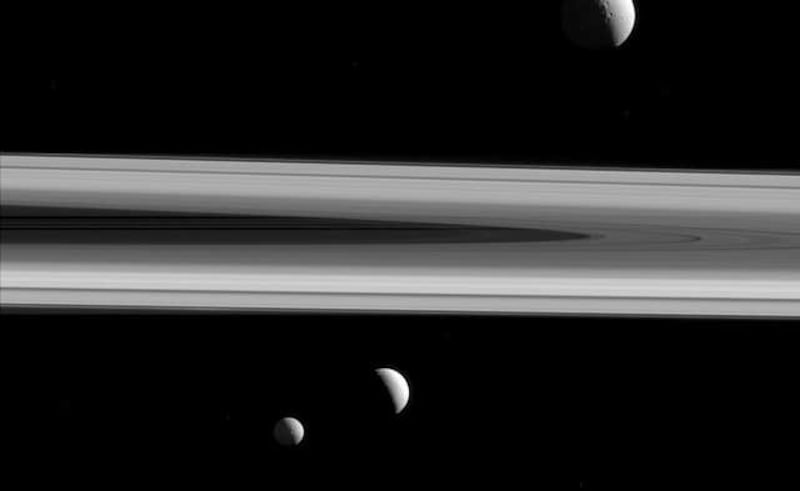
Saturn is on average 890 million miles from Earth, and it takes around 83 minutes for radio waves to cross that distance at the speed of light, making communication difficult.
Ground controllers could not give Cassini “real time” instructions and instead relied on extensive pre-programming.
In addition the probe’s computer “brain” automatically responded to problems requiring immediate attention.
How was Cassini powered?
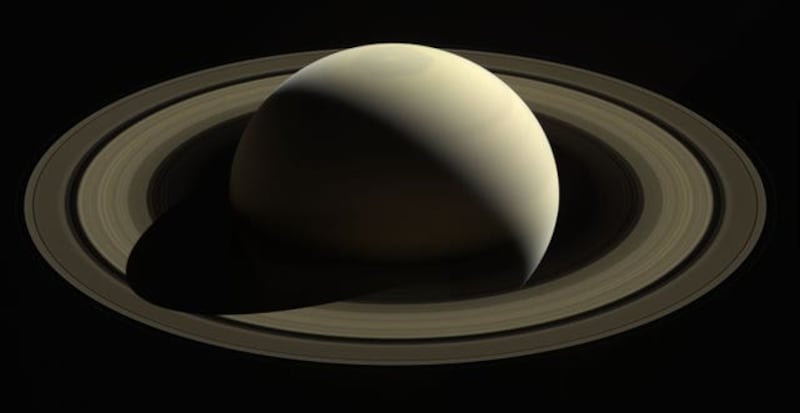
This far from the sun, solar panels are not very useful. So instead, Cassini was powered by a small plutonium-fuelled nuclear reactor.
Why did scientists decide to kill off Cassini?
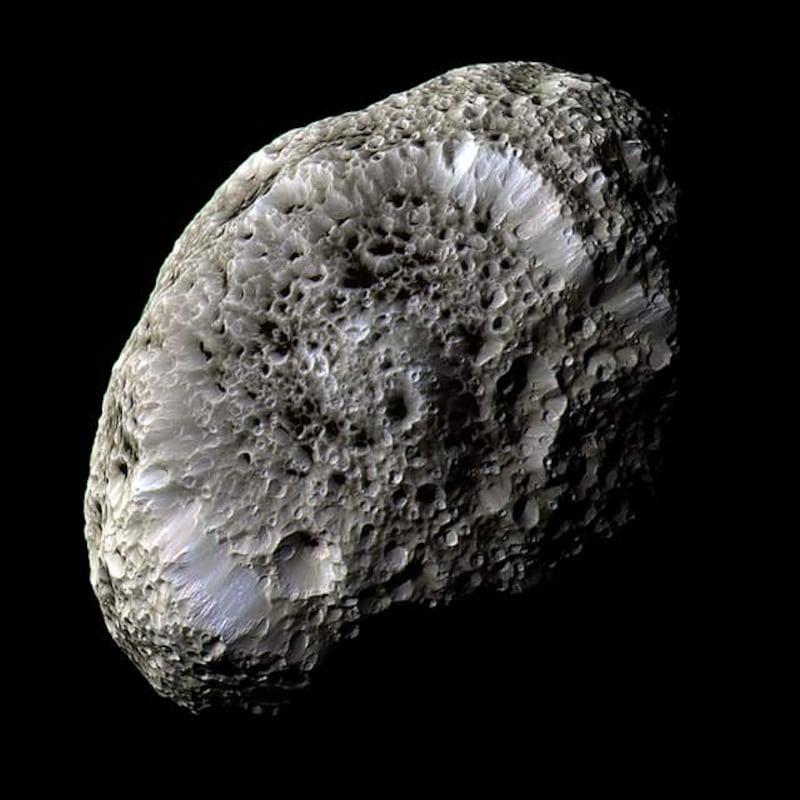
The spacecraft was running out of the fuel needed to make course corrections. Scientists were concerned that it could soon prove impossible to control, and there was a remote chance of it colliding with Titan or Enceladus – both worlds that conceivably could host life.
Even though Huygens had already landed on Enceladus, Nasa did not want to risk contaminating the pristine environments with Earth bugs.
Safe disposal was considered the best solution.








